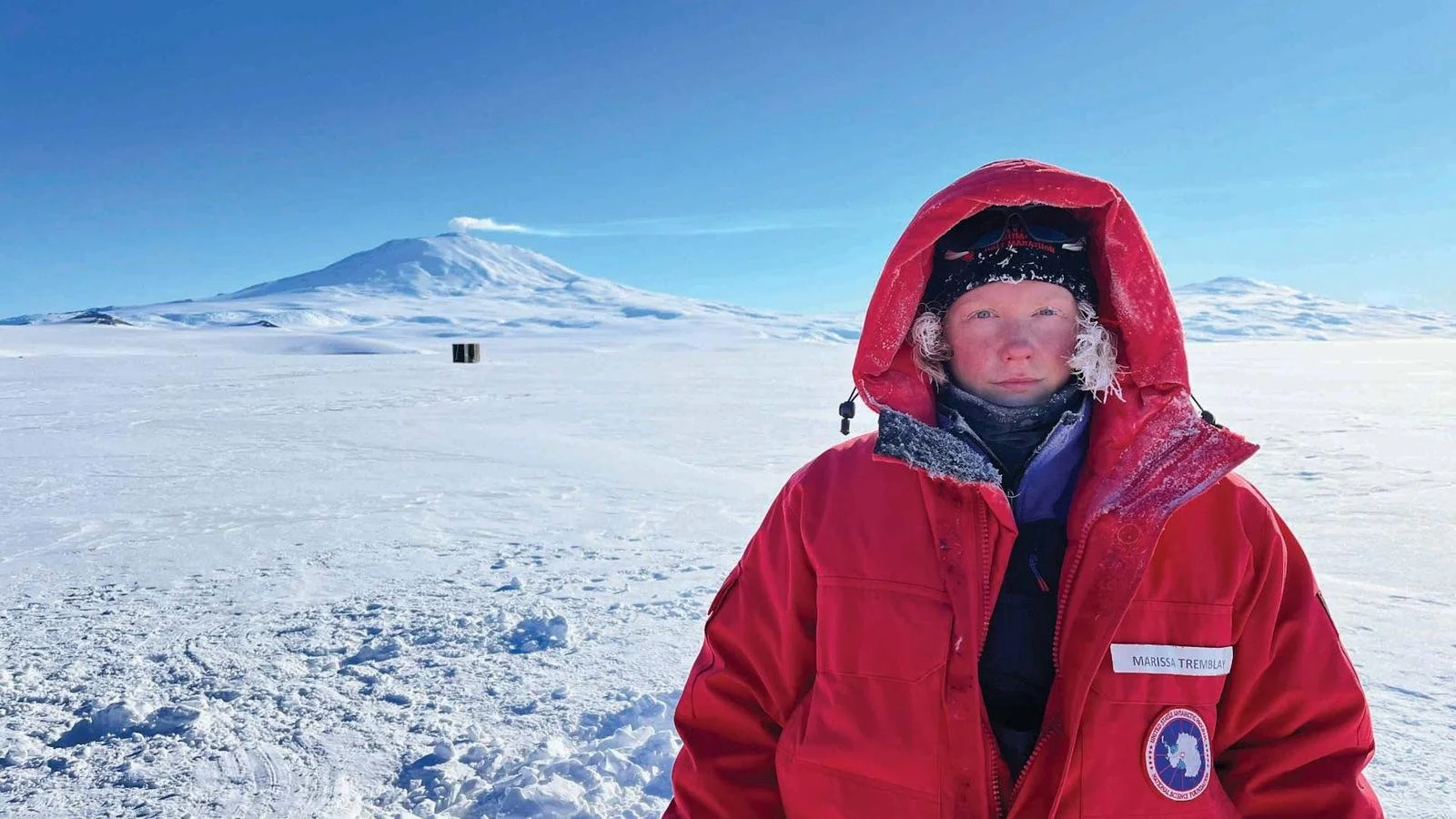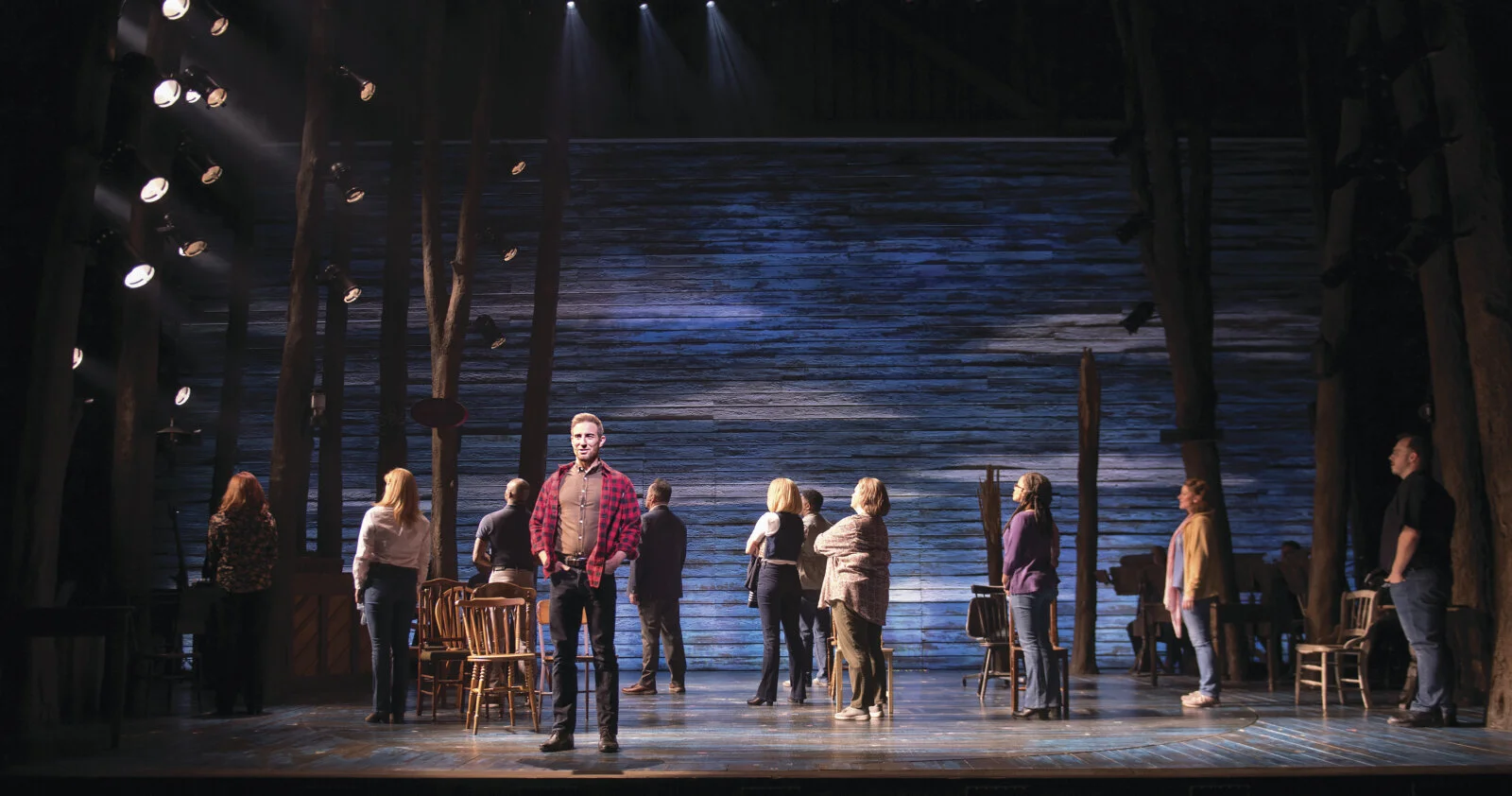Tyler Trent was diagnosed with bone cancer twice by age 18. He’s had nine major surgeries in the past three years. Now the Purdue freshman and die-hard sports fanatic is determined to live life on his own terms, come what may.
Tyler Trent knows the statistics.
According to the American Cancer Society, about 450 children and adolescents are diagnosed with osteosarcoma in the United States every year. About 2 percent of all childhood cancers are osteosarcoma. If treated before it spreads, the five-year survival rate is between 60 and 80 percent. Recurrent osteosarcoma occurs in 30 to 50 percent of patients with initialized local disease. If the disease has spread to the lungs, the long-term survival rate is about 40 percent. Once it spreads to other organs, chance of survival drops to 15 to 30 percent.










